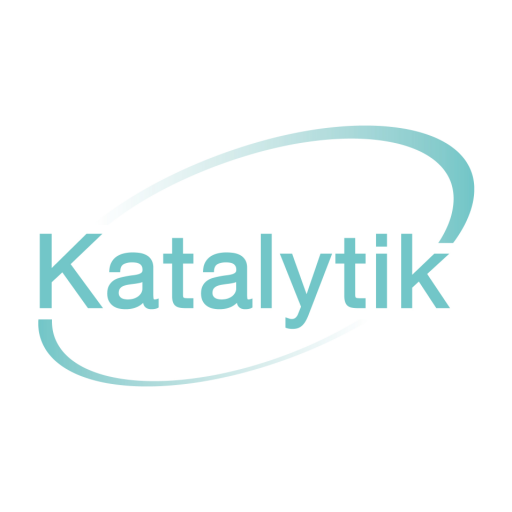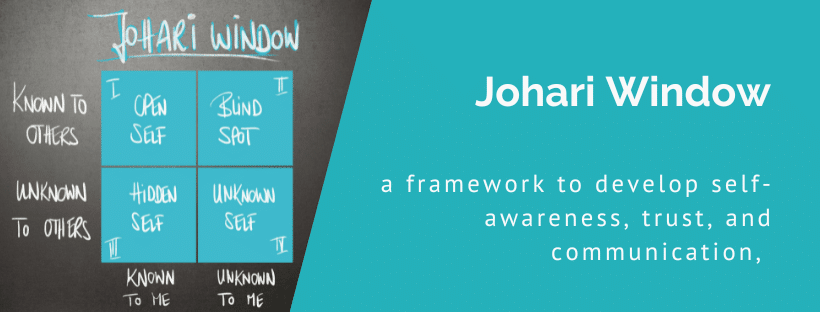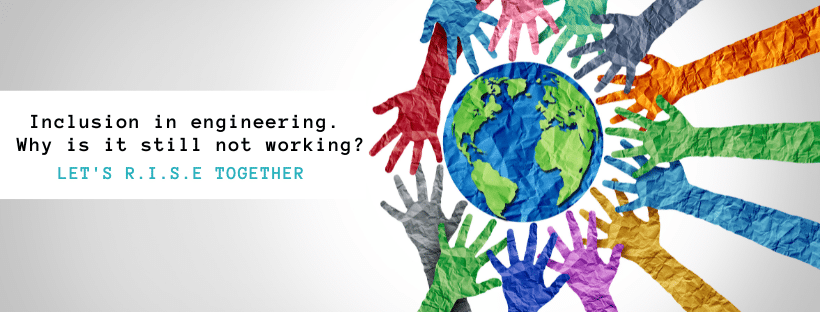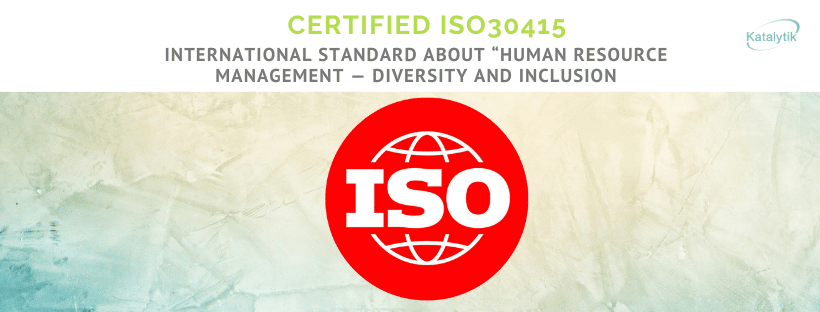Exploring the blindspots of CliftonStrength Achiever
The Dynamics of Achiever®
Introduction
Achiever® stands tall among the executing themes as a force of determination and accomplishment. It is the powerhouse of getting things DONE. As we know each and every Talent theme has its BLINDSPOTS, and Achiever® is no different. As your mastery of your CliftonStrengths grows, your understanding of the dynamics of your Achiever® and how partnering with other strengths can mitigate these potential blindspots can lead you to the Jedi or bright side. In this blog, we delve into Achiever®, examining some of its dynamics, identifying blindspots, and providing (some) strategic suggestions for complementary partnerships.
Understanding the Achiever® Dynamics
Achiever® is characterized by an unyielding drive to set and meet goals. To get things done. Individuals high in Achiever® thrive on the satisfaction of completing tasks and constantly seek new, often ever tougher, challenges. This, though a valuable asset, can lead to blindspots when taken to extremes and left unchecked.
How can Achiever® lead you astray and head over to the Dark Side?
Relentless Pursuit without Reflection
- Example: An individual with high Achiever® might find themselves continuously pursuing goals without taking a moment to reflect on their accomplishments. The constant push for achievement can lead to a lack of appreciation for what has been done.
- Suggestion: Pair with individuals strong in “Reflective” strengths like Intellection® or Deliberative® to introduce a balance between action and thoughtful introspection.
- Suggestion: Take time to step back and celebrate progress, if not for your sake, then for others’.
Risk of Burnout
- Example: Achiever® individuals may be prone to burnout, driven by their unrelenting commitment to productivity. The absence of breaks and self-care can jeopardize long-term well-being.
- Suggestion: Collaborate with strengths such as “Harmony” or “Restorative” to emphasize the importance of balance, stress management, and overall well-being. And schedule in an activity or challenge to help you decompress.
Potential Tunnel Vision
- Example: The intense focus on goals may result in tunnel vision, causing people driven by Achiever® to overlook alternative approaches or creative solutions.
- Suggestion: Engage with individuals strong in Strategic®, Ideation®, Connectedness® or Futuristic® strengths to broaden your perspectives, encouraging innovative thinking and long-term planning beyond immediate achievements.
Comparison and Perfectionism
- Example: Achievers may be prone to perfectionism, comparing themselves to others and setting unrealistically high standards.
- Suggestion: Partner with individuals possessing strengths like Positivity®, Adaptability ®or Individualization® to foster a positive self-image, celebrate uniqueness, and provide support in overcoming the pitfalls of perfectionism.
Difficulty Delegating
- Example: Your high Achiever® might mean you struggle to delegate tasks, feeling compelled to handle everything yourself, so you know it will get done, to the high standard you expect.
- Suggestion: Collaborate with people who have strengths such as Command® or Woo® (the orange, influencing ones) to help engage and empower people to take ownership of tasks. Or look to the blue, Relationship Themes, to foster teamwork – importantly working to prevent your own burnout!
Building Synergy with Other CliftonStrengths
To maximize the benefits of Achiever® and prevent burnout, a partnership with a complementary strength can help, you may indeed possess both of these in your top 5 or 10 CliftonStrengths profil!e:
Achiever® + Strategic®
Leverage the thinking power of others with the Strategic® strength to enhance your planning and ensure that goals align with a broader vision.
Achiever® + Positivity®
- Combining Achiever® with the energy of people strong in the Positivity® strength makes it easier to celebrate achievements, maintain enthusiasm, and counterbalance the pressure of constant goal-setting.
Achiever® + Harmony®
- Partnering with those strong in Harmony® helps promote work-life balance, prevent burnout, and emphasizes the importance of well-being alongside achieving goals.
Achiever® + Relator®
- Collaborate with those possessing the Relator® strength to build meaningful connections and relationships, ensuring that the pursuit of goals does not overshadow the importance of human connections.
Achiever® + Intellection®
- By combining Achiever® with Intellection® you enhance your problem-solving capabilities through thoughtful analysis. Be careful though, that if it’s your Intellection® that its lack of focus on doing things doesn’t cause internal conflict and frustrate your Achiever®!
Achiever can also work with any of the other CliftonStrengths. And others would love to work with you, make sure to appreciate their effort in keeping up with you though. !
Conclusion
Understanding the dynamics and blindspots of Achiever® is pivotal for a balanced and sustainable approach to success, for yourself, your peers, and your loved ones (simply so your drive doesn’t exhaust them!). Keeping your Achiever® balanced and ‘under control’ can help prevent burnout. Look at is as staying on the Jedi – (not the dark side) – side.
Above all, knowing that all of your CliftonStrengths have a dynamic interplay, and being aware of their blindspots, gives you a greater chance of success, and life-balance. Strategically partnering your Achiever® through fostering collaboration and a strengths-based mindset, you can navigate challenges, celebrate successes, and build a strong foundation for personal and professional growth.
DISCLAIMER
The CliftonStrengths talent themes are registered marks of the Gallup Corporation. The interpretations within this article are solely the opinions and interpretations of the author Dr Jan Peters.










